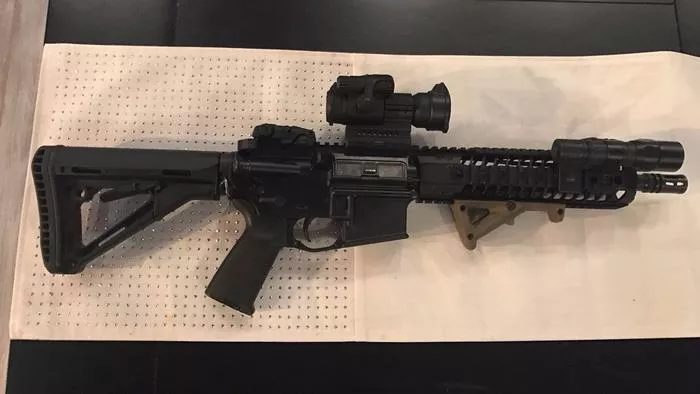

Tear gas is generally deemed non-lethal but critics argue that any non-lethal weapons can be used to inflict violence if done carelessly. The moment it all happened #seattleprotest /X2Zhn4EZiy- Jason "private dick" Simpson June 2, 2020Īlthough tear gas was banned in warfare by the Chemical Weapons Convention of 1993, it is still permissible for use by domestic law enforcement as a means of crowd control. Here's a look at what police and security forces have weaponised or used against protesters.Ī tear gas canister was fired directly onto an unarmed man’s face by security forces in Grand Rapids, Michigan. It was his death which set off protests that spread nationwide, but the fury on the street is fuelled by a history of brutality against black Americans.

On the other side of the often very literal line held by riot police, some demonstrators have blocked traffic, set fires and clashed with police officers.įloyd, a black man, died after he was pinned to the pavement by a white police officer who put his knee on the handcuffed black man’s neck until he stopped breathing. Police have since used rubber bullets and fired pepper and tear gas into crowds of often peaceful protesters. The protests escalated after the Minneapolis police precinct was set on fire on May 26. Protests marked by slogans of "I can't breathe" - a rallying cry echoing the dying words of George Floyd, and Eric Garner, five years before him, - began peacefully the day after the former was killed in Minneapolis police custody. US security forces have weaponised riot gear in a violent effort to quell protests against police brutality, in the wake of George Floyd's death at the hands of a white policeman.Īs Black Lives Matter demonstrations continue across the US, security forces are getting creative with their use and choice of weapons.


 0 kommentar(er)
0 kommentar(er)
